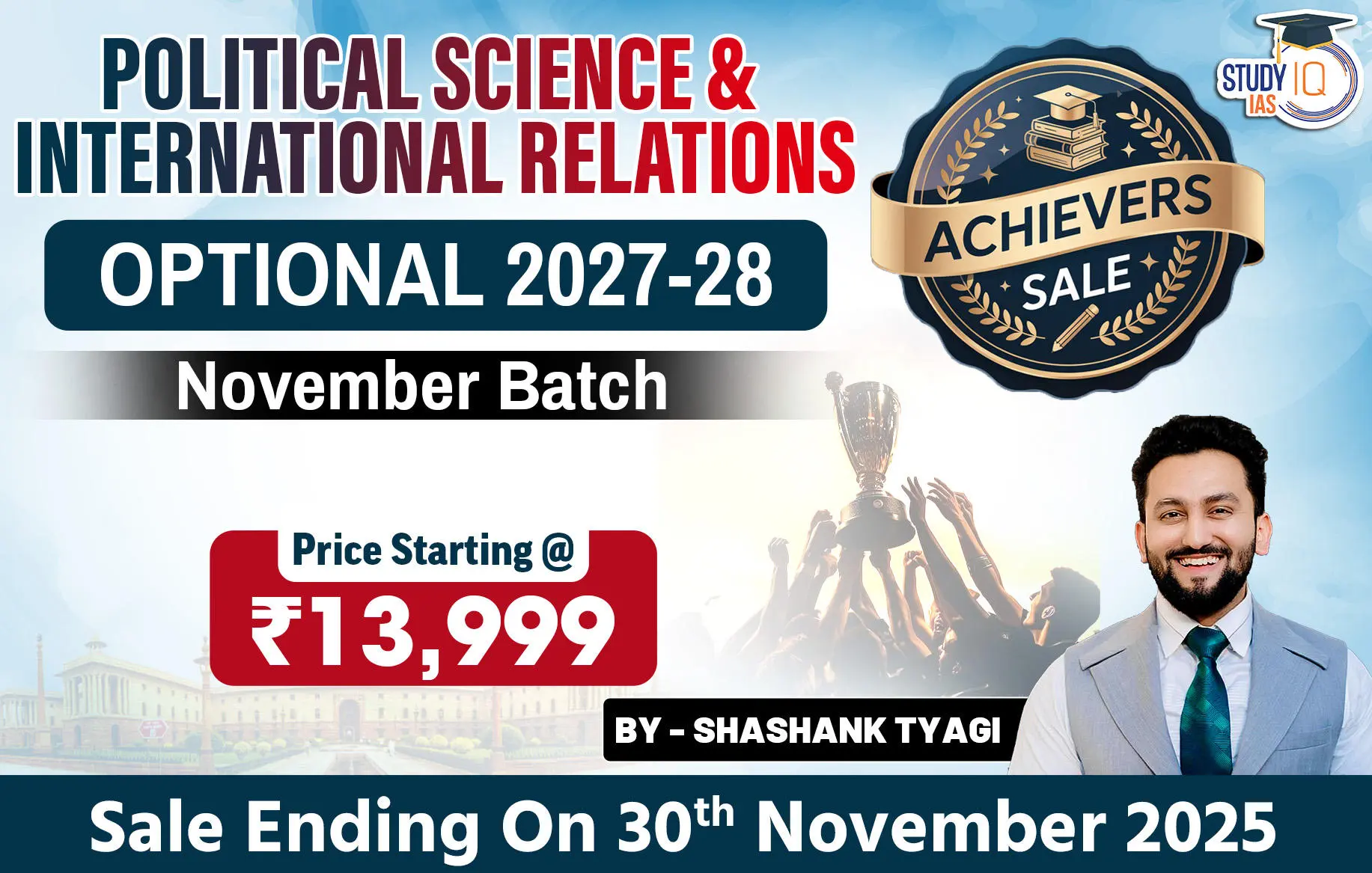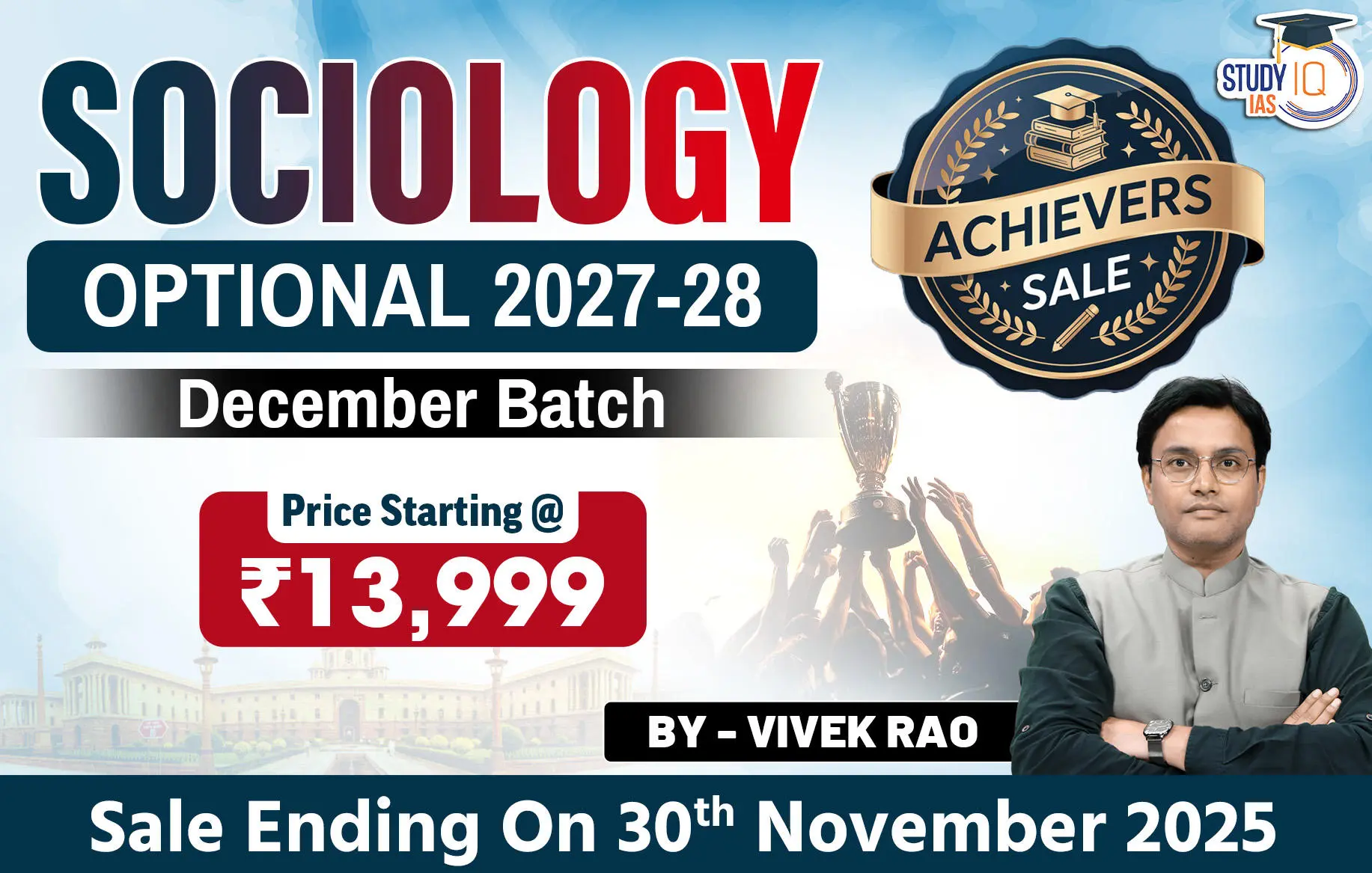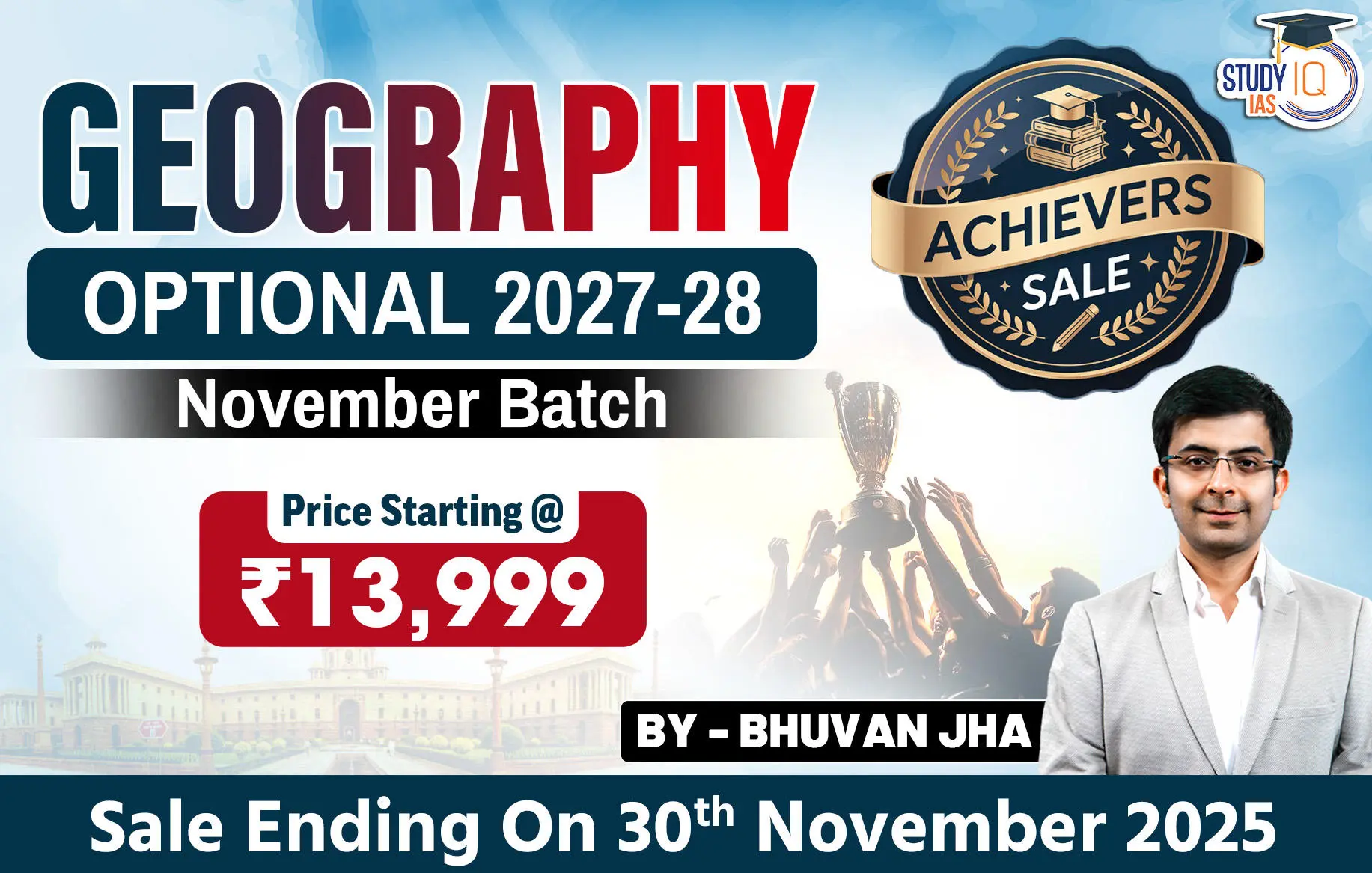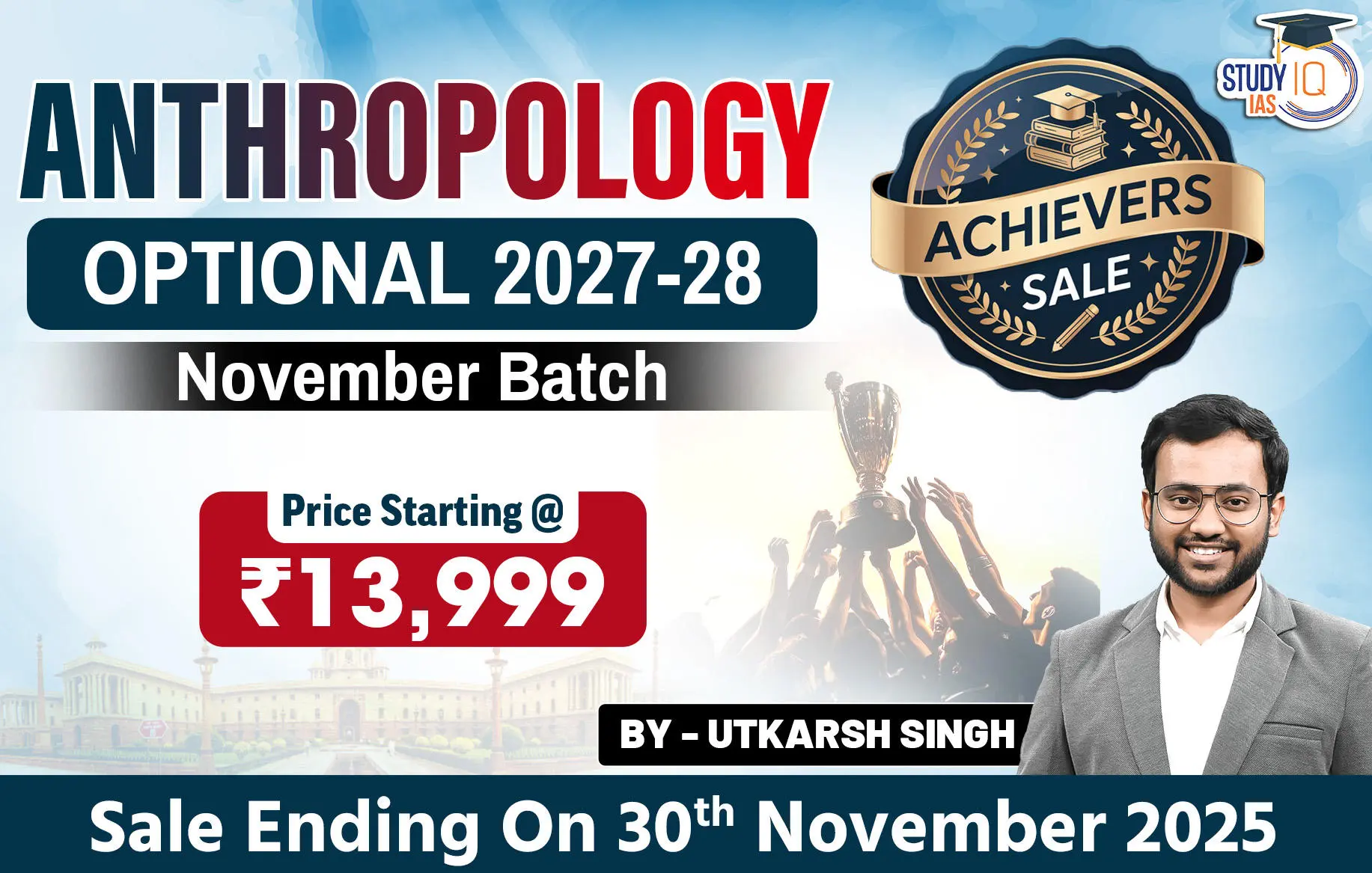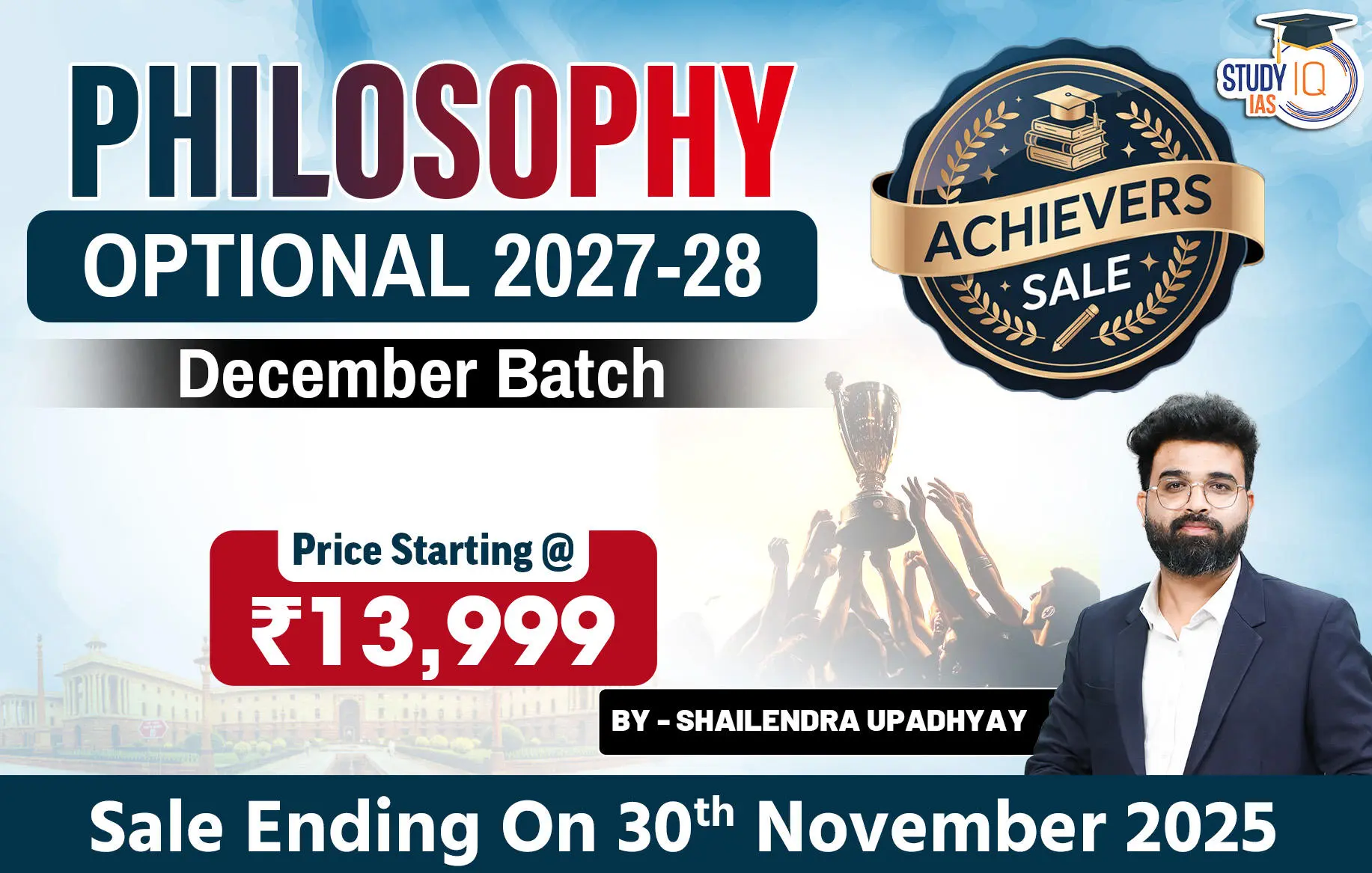Table of Contents
Muddy water is best cleared by leaving it alone, UPSC Essay
Life often throws us into moments of confusion, anger, or uncertainty where everything feels clouded—just like muddy water. Our natural impulse is to react immediately, to stir harder, to “fix” things at once. Yet, experience teaches us that rushing only deepens the mess. Many times, clarity comes not from force but from patience, not from agitation but from calm.
Anecdotes
- Mandela in Prison: Decades of patience allowed him to emerge as a reconciler, not a revenge-seeker, healing a divided nation.
- The Buddha’s Silence: When provoked with insults, Buddha often remained silent, demonstrating that calm endurance disarms conflict.
- Gandhi’s Non-violence: His refusal to retaliate against British brutality allowed the moral clarity of Indian freedom to shine through.
Quotes
- “Be like a duck. Calm on the surface, but paddling furiously underneath.” – Michael Caine (restraint in action)
- “Patience is bitter, but its fruit is sweet.” – Aristotle
- “If you are patient in one moment of anger, you will escape a hundred days of sorrow.” – Chinese Proverb
Introduction
Principle of Wu Wei, which means effortless action or acting in harmony with the natural flow of things. The idea is not passivity, but the wisdom of knowing when to step back and allow life to unfold on its own. Just as muddy water clears itself when left undisturbed, human conflicts and personal dilemmas often find resolution without forceful intervention.
Body
Essence of calmness and clarity across different spheres of life
Philosophy across cultures has always wrestled with one simple question: How do we act wisely when life throws chaos at us? The answer, again and again, comes back to calmness.
- Philosophical Dimension
- Across traditions, the message is consistent: when agitation is allowed to settle, truth reveals itself naturally.
-
-
- Eastern Philosophy: Lao Tzu’s Taoism emphasizes wu-wei (effortless action), teaching that harmony is achieved by aligning with the natural flow rather than forcing outcomes.
- Indian Thought: The Bhagavad Gita advises detachment in action, implying that inner clarity arises when the mind is stilled, not when agitated.
- Western Philosophy: Stoicism promotes patience and control over impulses, affirming that wisdom lies in restraint rather than rashness.
-
- Psychological Dimension
-
- Mindfulness and meditation practices illustrate that calm reflection lets emotional turbulence settle, leading to better clarity.
- Modern psychology confirms that “cooling-off periods” reduce impulsivity, preventing escalation in personal or social conflicts.
Despite their cultural differences, these traditions echo the same wisdom: calmness is not passivity. It is inner mastery—a state where one can think clearly, act decisively, and yet not be enslaved by the storm outside.
- Social and Political Dimension
At the heart of politics and society lies one truth: anger divides, patience unites. When communities or nations clash, rushing to prove dominance only hardens divisions. Philosophy teaches that time itself can be a healer.
- Conflict Resolution: Many social disputes intensify when parties rush to assert dominance. Giving space and time often allows natural reconciliation.
- Governance: Wise leaders understand the value of restraint. For instance, statesmanship in diplomacy sometimes means waiting for tempers to cool rather than retaliating immediately.
- Society: Social reforms too require patience; rushing change without social readiness can lead to backlash.
- Historical Dimension
History reminds us that civilizations grow not only through war and conquest, but also through moments of reflection. “The true strength lies not in conquering others, but in conquering oneself”. When history’s actors embraced stillness, they allowed a higher clarity to guide their path.
- Ashoka after Kalinga: Instead of continuing violent expansion, Ashoka’s pause led to a transformation towards Dhamma, showing restraint as a path to clarity and justice.
- India’s Freedom Struggle: Gandhi’s policy of ahimsa and non-retaliation demonstrated that patient endurance, not violent reaction, leads to moral victory.
- Cold War: The policy of “strategic patience” often prevented direct conflict between nuclear powers, allowing tensions to de-escalate naturally.
- Scientific and Environmental Dimension
Nature itself whispers the philosophy of calmness. A river clears when left undisturbed, forests heal when given time, and soil regains fertility when rested.
- In nature, muddy water literally clears when left undisturbed—an example of natural equilibrium.
- Ecology: Over-exploitation of ecosystems often worsens degradation; leaving forests or rivers undisturbed allows them to regenerate.
- Science: Breakthroughs often come not by forced speed but by long reflection—Newton and Einstein made discoveries after patient observation and thought.
- Ethical and Legal Dimension
Ethics and law both rest on one foundation: justice cannot be born out of haste. When emotions run high, decisions often tilt toward revenge rather than fairness. That is why legal systems around the world build in cooling-off periods, appeals, and procedures.
- Judicial systems often stress the importance of cooling-off periods, appeals, and reflection rather than impulsive verdicts.
- Truth commissions (like South Africa post-apartheid) worked by allowing wounds to heal over time, not through rushed retribution.
- Ethical leadership values patience and silence in heated moments, knowing that wisdom emerges in calm.
Calmness as Strength, Not Weakness
It’s a reminder that true strength isn’t loud or restless. Sometimes, the most powerful people are those who appear serene, while silently working with all their energy to navigate struggles.
- In human life, this mirrors the way we often have to deal with challenges:
-
- Outwardly calm: A person shows patience, composure, and control in the face of difficulties. They don’t let stress or chaos spill over in their expressions or actions. This calm exterior inspires confidence in others.
- Artificial Intelligence Governance: Leaders speak calmly of AI as an “opportunity,” but inside tech companies and governments, there’s an intense, even chaotic, race to regulate, innovate, and avoid existential risks.
- Inward effort: Inside, though, they might be working very hard—managing emotions, thinking rapidly, solving problems, or pushing themselves to keep moving.
- Outwardly calm: A person shows patience, composure, and control in the face of difficulties. They don’t let stress or chaos spill over in their expressions or actions. This calm exterior inspires confidence in others.
Restraint in Action: The Philosophy of Balance
- Restraint is not inaction. It is channelized energy—choosing not to react impulsively but to act wisely. The metaphor of the duck shows us that progress does not always need noise; sometimes, silent, invisible effort carries the greatest weight.
- Operation Ganga (2022): During the Russia–Ukraine war, India evacuated thousands of stranded students. While nations around were panicking, India balanced calm diplomacy with meticulous evacuation planning.
Emotional intelligence
Keeping composure while navigating stress. For societies, it is a guide to diplomacy, where measured calmness often avoids conflict, even amidst intense backroom negotiations.
- COVID-19 Frontline Workers (2020–21):
-
- Doctors, nurses, and teachers appeared steady for patients and students, though internally they were battling fear, exhaustion, and grief. Their composure gave others hope, even when they themselves were struggling.
- Operation Sindoor is an example of modern emotional intelligence + diplomacy combined:
- For individuals (Naval officers): maintaining composure to reassure citizens.
- For the nation (India): outwardly calm diplomacy while simultaneously running complex military-strategic maneuvers in the background.
When Waiting Hurts More Than Acting
Patience is often praised as wisdom. We are told to stay calm, to wait for the storm to pass, to let time heal wounds. And yes, there are moments when stillness brings clarity. But there are also moments when waiting becomes poison—when delay deepens pain, when silence becomes complicity.
- The Weight of Delay: Anyone who has faced a tough decision knows how waiting adds pressure. Postponing only makes the problem feel bigger.
- Examples: A student delaying preparation, a person avoiding therapy, or someone putting off a difficult conversation—all find that the burden grows heavier with time.
- Inaction Breeds Regret: Modern psychology shows that waiting often leads to guilt and missed opportunities.
- Small Steps Matter: Even a small action—making a call, opening the book, or speaking the truth—can ease anxiety and break the cycle of fear.
- “Justice delayed is justice denied.” Ask a victim waiting years for a court verdict—the silence of the system feels like betrayal. Quick justice may not be perfect, but endless delay feels cruel.
- Example: Rwanda, 1994: The world waited, held back by diplomatic caution, while genocide swept through the country. By the time action came, nearly a million lives were lost.
- India’s Social Reforms: Think of Raja Ram Mohan Roy fighting against Sati. If he had waited for society to “naturally evolve,” countless women would have perished in fire.
Conclusion
Life constantly tests us with the choice between waiting and acting. At times, calmness and restraint are our greatest strengths—they help us think clearly, avoid mistakes, and carry others with our quiet courage. But there are also moments when patience turns into paralysis, and waiting does more harm than good.
The real wisdom lies in knowing the difference. To be like the duck—calm on the surface but full of hidden effort—is to master the art of balance. Yet we must also hear the call of history and of our own conscience, which whispers that some storms cannot be endured in silence; they must be faced with action.
Thus, calmness is not weakness, and action is not recklessness. Together, they form the two wings of human strength. One teaches us serenity, the other gives us courage. And in learning when to wait and when to act, we discover the true measure of maturity, leadership, and humanity.

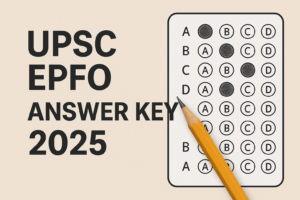 UPSC EPFO Answer Key 2025 Out (Unofficia...
UPSC EPFO Answer Key 2025 Out (Unofficia...
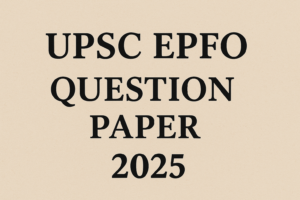 UPSC EPFO Question Paper 2025 PDF Downlo...
UPSC EPFO Question Paper 2025 PDF Downlo...
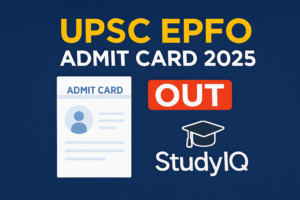 UPSC EPFO Admit Card 2025 Out @ upsc.gov...
UPSC EPFO Admit Card 2025 Out @ upsc.gov...



